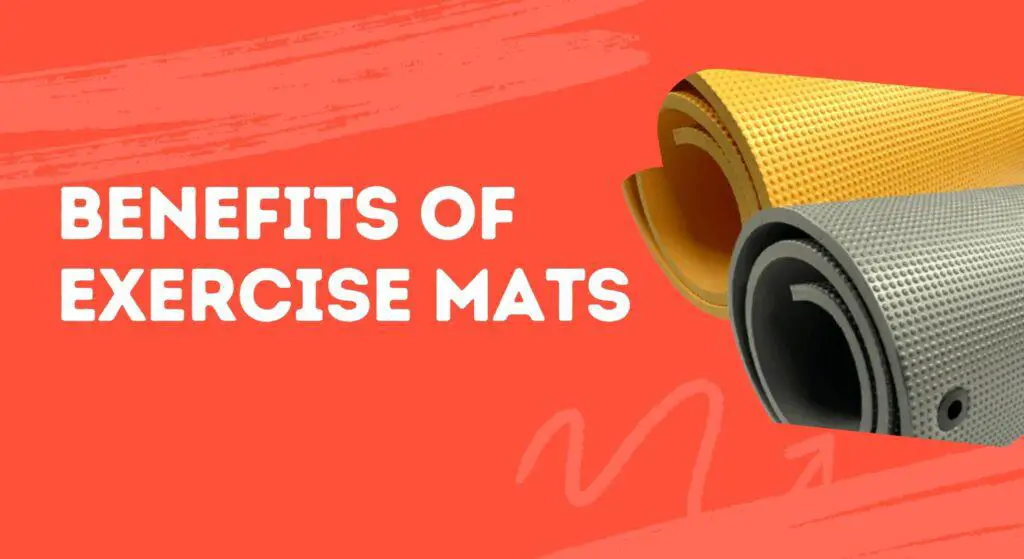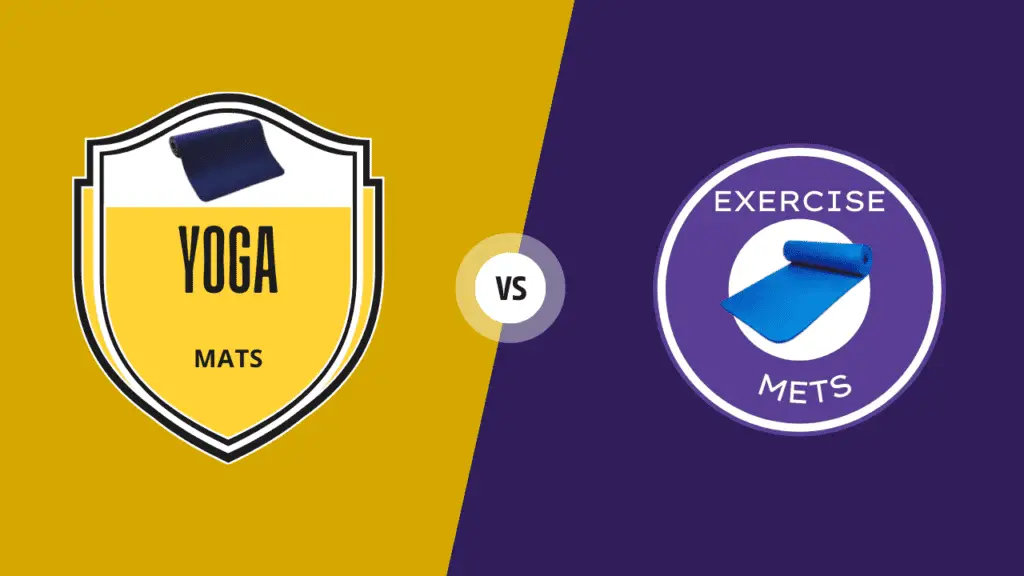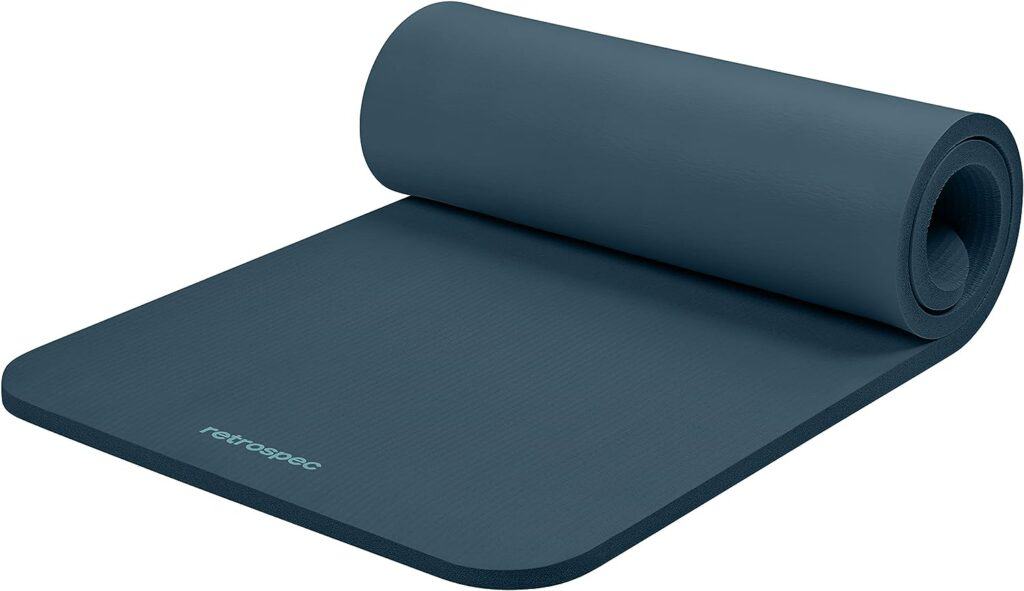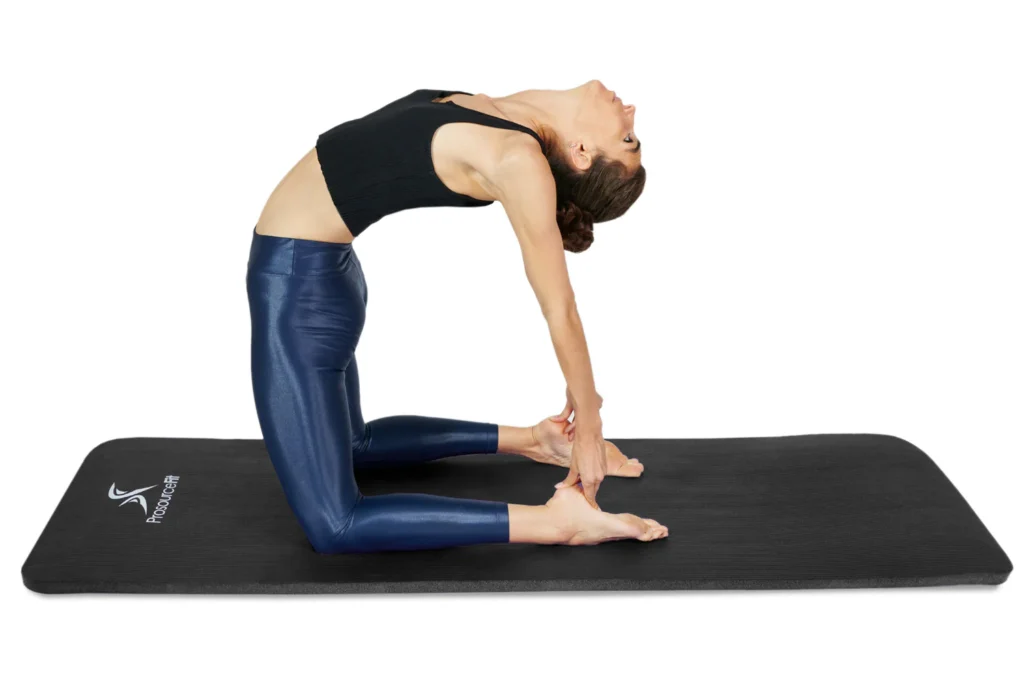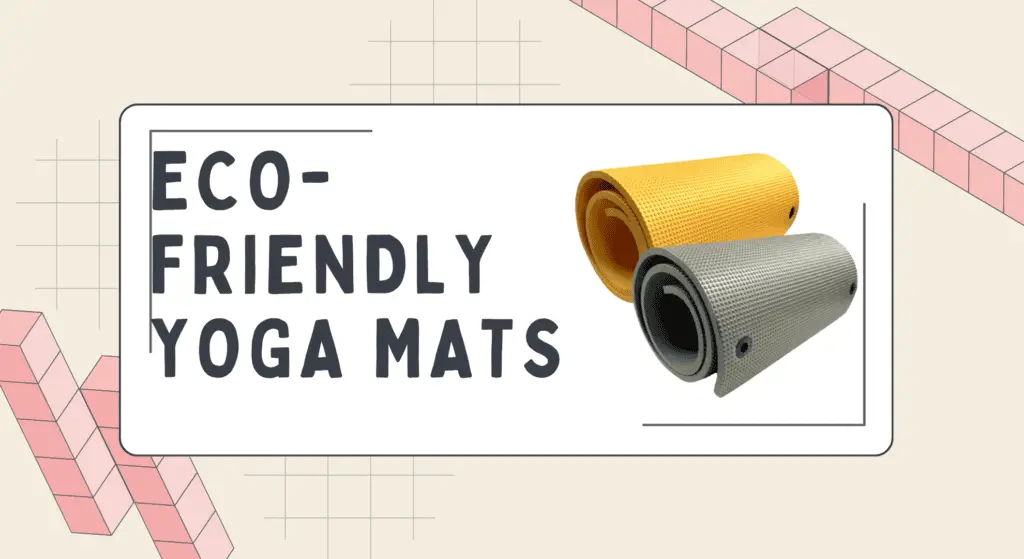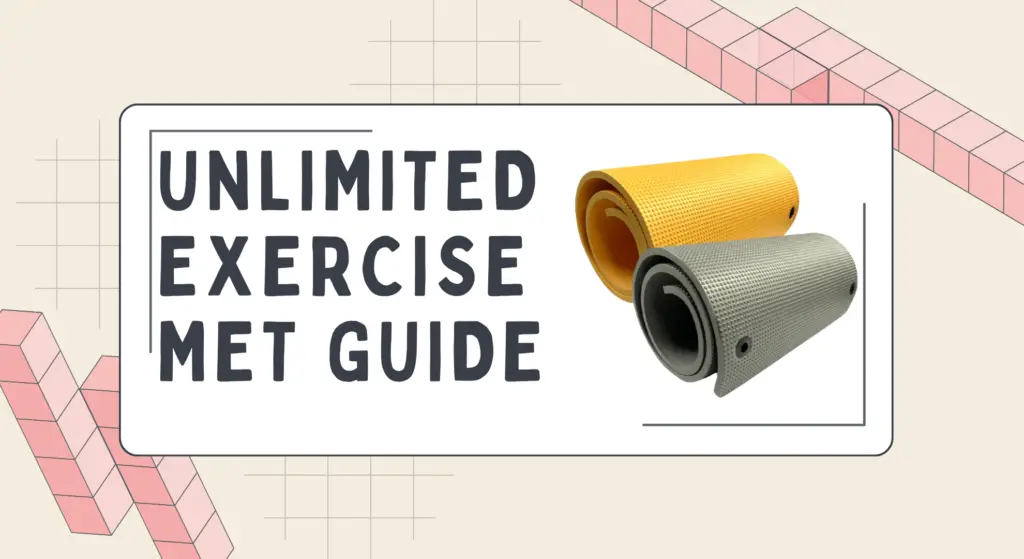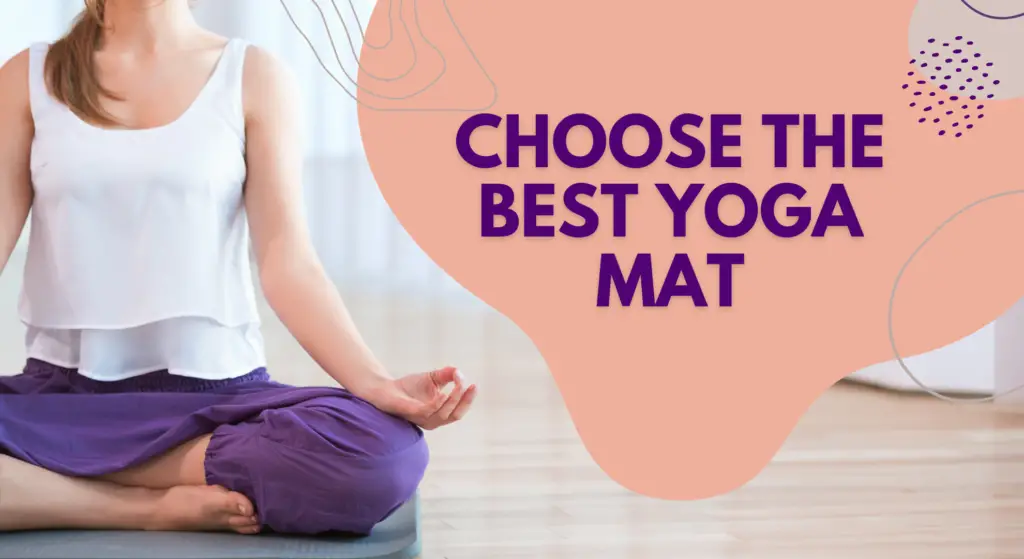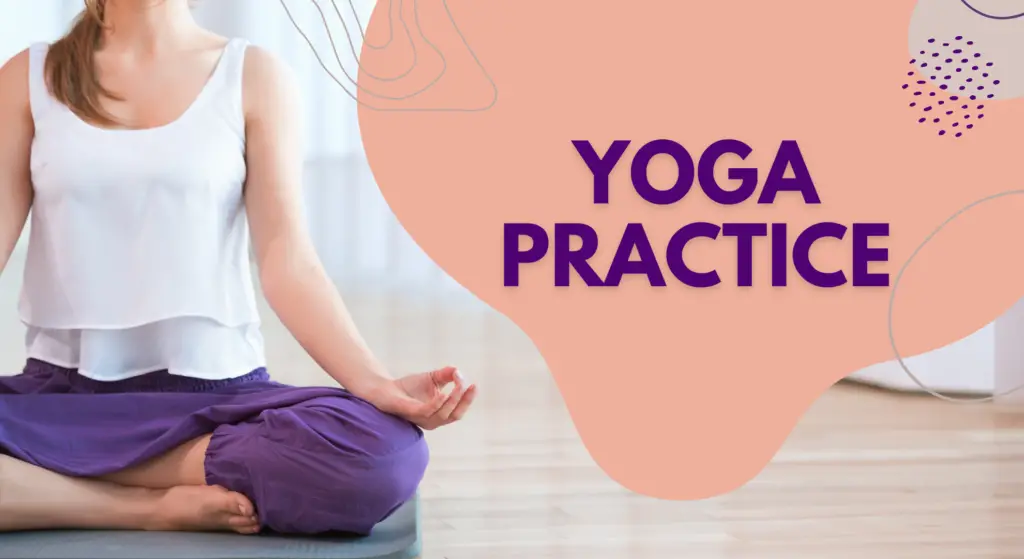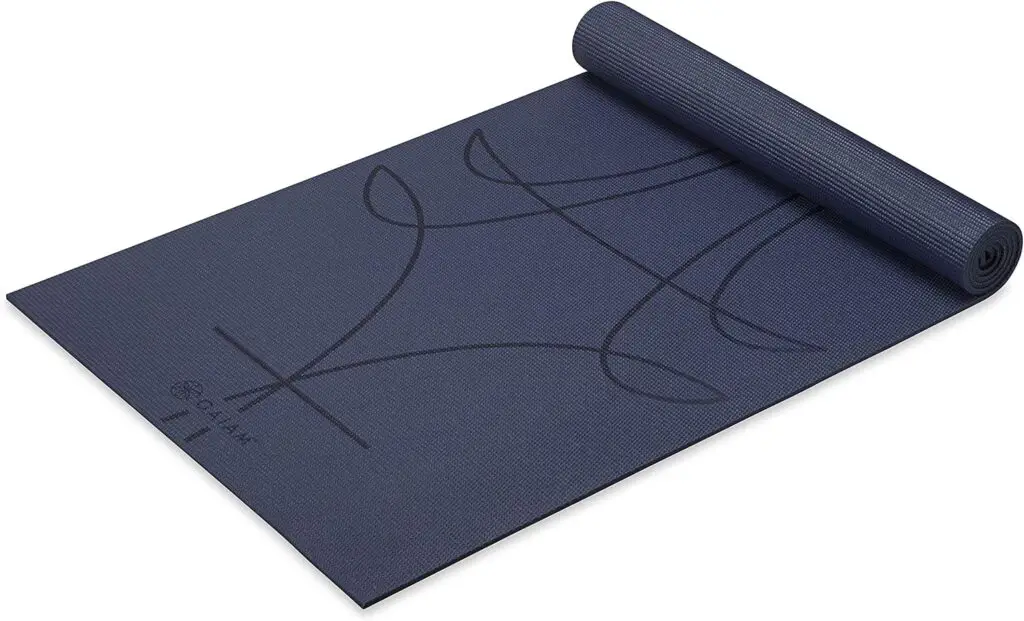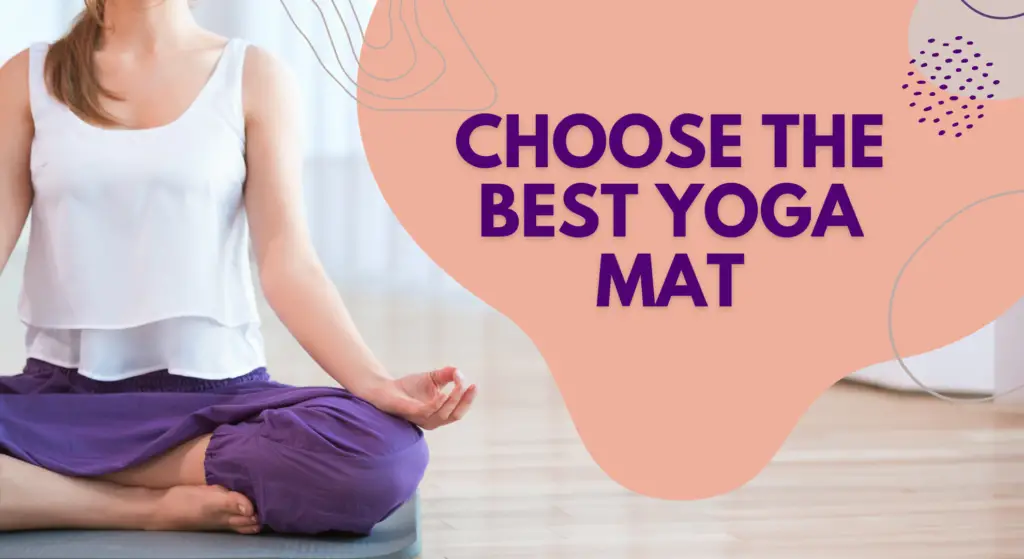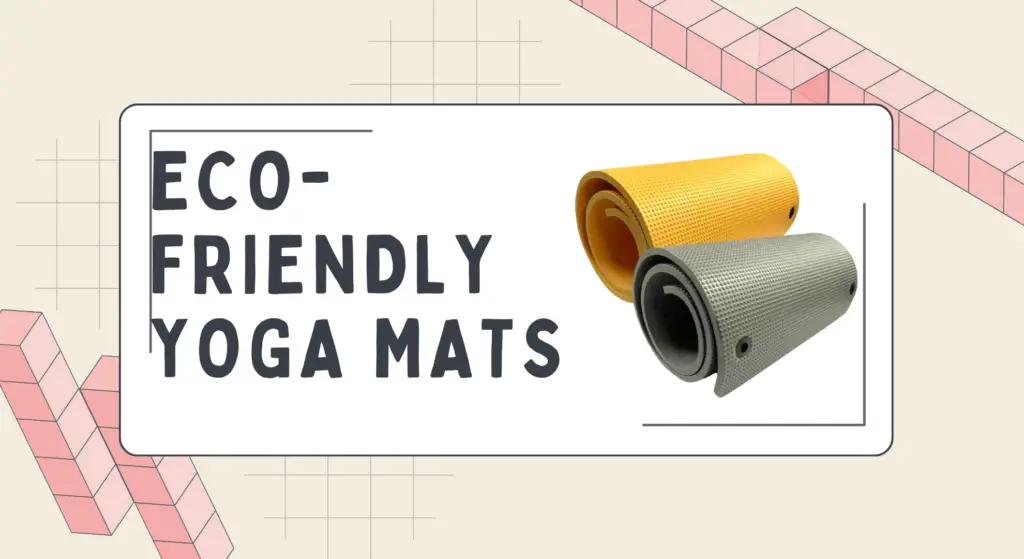
Hot yoga has exploded in popularity over the last decade. The heated vinyasa-style classes take place in studios cranked up to around 100°F with 40% humidity. The combination of heat and sweat makes for an intense cardiovascular and flexibility workout.
But all that perspiration creates a unique challenge for your yoga mat. You need a superior grip to keep from sliding around on a drenched mat in compromising poses. The material also needs to be antimicrobial to prevent nasty bacteria growth.
This roundup compares the top-rated yoga mats specifically designed for hot yoga classes. We evaluated over 15 leading brands and yoga mats based on traction, moisture wicking, padding, durability, and value to narrow down the top five.
What Makes the Best Yoga Mat for Hot Yoga?
Hot yoga requires a few special features in your yoga mat to handle the intense sweat and heat:
With these criteria in mind, let’s look at the top hot yoga mat picks!
Yoga Mats comparison Table:
| Mat | Price | Rating | Material | Thickness | Texture | Pro’s | Con’s |
| Lululemon Reversible Mat | $88 | 4.6⭐ | Polyurethane | 5mm | Smooth top, textured bottom | Superior grip, moisture-wicking, reversible | Expensive, delicate over time |
| Manduka PRO Yoga Mat | $120 | 4.5⭐ | PVC | 6mm | Uniform dot texture | Excellent cushion & stability, minimal slip | Heavy, needs breaking in |
| Gaiam Print Yoga Mat | $30 | 4.3⭐ | PVC | 6mm | Textured | Budget-friendly, decent traction | Can tear with extensive use |
| Jade Harmony Yoga Mat | $80 | 4.5⭐ | Natural rubber | 3/5mm | Textured | Sustainable, great grip when broken in | Not reversible |
| Liforme Yoga Mat | $150 | 4.7⭐ | Natural rubber | 4.2mm | Unique grip system | Unbeatable traction, alignment markers | Very expensive |
Below we dive into detailed reviews for each of the top 5 hot yoga mat picks:
Lululemon Reversible Mat – The Overall Best Hot Yoga Mat
Price: $88
Thickness: 5mm
The Lululemon Reversible Mat lives up to its reputation for excellence in the hot yoga space. It strikes the ideal balance of cushioning and grip at a reasonable price point for serious yogis.
The mat uses antimicrobial polyurethane material ideal for hot yoga. The cross-section of sturdy foam covered in a thin polyurethane layer provides a firm 5mm thickness perfect for stability and joint padding.
The smooth side provides an ultra-grippy stickiness when your palms and feet get sweaty in headstands and planks. Flip it over for a lightly textured side with a different visual appeal.
We love the low profile, lightweight feel that makes it easy to tote to class or roll up tightly. The moisture-wicking properties draw sweat away from your skin for superior traction. This prevents slipping in poses like downward dogs.
For all-around performance and value, the Lululemon Reversible Mat stands out as the best yoga mat for hot yoga. The superior construction and materials justify the higher $88 price tag for serious yogis.
Ideal For: Yogis who want a high-performance mat with excellent moisture wicking and grip for daily hot yoga.
Manduka PRO Yoga Mat – Most Cushioned
Price: $120
Thickness: 6mm
The Manduka PRO claims near-legendary status in the yoga world for its unmatched density, cushioning, and stability. The thick 6mm PVC provides unparalleled support and joint padding for daily practice on hard floors.
The proprietary dot texture underneath grips floors well when broken in. But be prepared to go through a break-in period where the mat will be slippery at first.
With extended use, the mat develops a tackiness that Manduka calls “the sweet spot” where the grip shines. The density also provides excellent support in balanced poses compared to softer mats.
At over 7 lbs, the Manduka PRO is heavier than competitors but worth it for the supreme cushioning. Advanced yogis practicing daily hot yoga will love the joint protection and minimal sliding once broken in.
Ideal For: Advanced yogis who want maximum padding and stability with zero sliding or slippage during practice.
Gaiam Print Yoga Mat – Best Budget Hot Yoga Mat
Price: $30
Thickness: 6mm
The classic Gaiam Print yoga mat proves you don’t need to spend a fortune for decent grip and cushioning. This basic PVC mat comes in a rainbow of prints and colors to match your style starting at just $30.
Despite the low price tag, the textured finish helps Grab the Floor and traction reasonably well, even when wet with sweat. At 6mm thick, the mat provides adequate cushioning for bones and joints against hard floors.
The open cell surface diffuses moisture to avoid pooling and skidding. It also limits odors and bacteria growth in humid conditions.
Just don’t expect the same longevity and performance as pricier mats. For beginners practicing hot yoga 1-2x a week, the Gaiam holds up respectably well with proper care. The affordable price makes it easy to replace once it does wear down.
Ideal For: Beginner to intermediate yogis on a budget who want basic traction at an affordable price point.
Jade Harmony Yoga Mat – Most Sustainable
Price: $80
Thickness: 3/5mm
For an eco-friendly hot yoga mat, look no further than the Jade Harmony. It’s crafted from natural rubber tapped from trees. This renewable material makes it biodegradable and free of the toxic chemicals in synthetic mats.
The open-cell rubber construction absorbs sweat like a sponge for excellent wet grip and zero slickness. The textured surface provides steady traction once worn in.
At 3/5mm thick, the Jade Harmony offers sufficient knee and joint padding. It has good density but less plushness compared to PVC mats. For those sensitive to smells, the natural rubber has a mild rubbery odor at first.
The main downside is losing the reversible option, so visible stains can be an issue. For eco-conscious yogis who want a sustainable mat with an impressive grip, the Jade Harmony delivers.
Ideal For: Students who want a natural sustainable mat with great traction after a break-in.
Liforme Yoga Mat – Best Grip
Price: $150
Thickness: 4.2mm
The Liforme yoga mat stands in a class of its own when it comes to grip. The proprietary “GripForMe” material covers the surface in a dotted patter of silicone nubs and suction cups. This unique texture grabs onto floors like a gecko, even when drenched in sweat.
The 4.2mm thickness hits the sweet spot of squishy yet stable. The sweat-wicking natural rubber feels similar to the Jade Harmony but with superior traction. Alignment lines run down the center and sides helping you find proper positioning.
The Liforme mat is on the heavier side at almost 8lbs. And that unmatched performance comes at a steep $150 price. But for hot yogis who want the ultimate non-slip stability, the Liforme mat is well worth the investment.
Ideal For: Yogis who want maximum grip and alignment markings without breaking the bank on Lululemon pricing.
How to Choose the Best Hot Yoga Mat – Buyer’s Guide
All five mats deliver outstanding traction and moisture management perfect for hot yoga. But to find your ideal match, here are the key factors to consider:
Price Range
Material Composition
Weight
Thickness
Texture
Special Features
Beginner vs. Advanced Yogi Recommendations
Here’s how we recommend selecting a hot yoga mat based on your skill level:
Beginner Yogis
As a hot yoga beginner, focus on choosing an affordable, basic mat with decent grip like the Gaiam to get started. Beginner yogis likely won’t need extensive joint padding.
Easy maintenance and portability should take priority over top-tier construction. You can always invest in a premium mat once you confirm your love of hot yoga down the road.
Best Beginner Mats:
Advanced Yogis
For seasoned hot yoga students, invest in a higher end mat made with top-grade materials like the Manduka PRO or Lululemon. The extra padding protects joints during daily practice.
Prioritize traction and cushioning over aesthetics or trends. Consider a heavier, more durable mat even if it’s less convenient to transport. You need stability and grip for advanced poses, inversions, and flows.
Best Advanced Mats:
Hot Yoga Mat Care and Maintenance Guide
Proper care is crucial to maximize the life and performance of your hot yoga mat. Follow these tips:
Cleaning
Storage
Breaking In
With proper maintenance, a quality hot yoga mat should last 1-5 years with consistent use. Signs it’s time to replace include flattened cushioning, diminished grip, and visible tearing or wear.
Our Top Pick
While all five mats deliver exceptional performance, the Lululemon reversible mat is our top recommendation for the best yoga mat for hot yoga overall.
It has the ideal balance of cushioning and traction without breaking the bank like more premium options. We love the antimicrobial polyurethane material that provides an impressively sticky grip when wet with sweat. Yet it still prevents sliding in balance poses.
The medium 5mm thickness works well for most levels by stabilizing joints without feeling overly squishy. Plus the smooth/textured reversible sides provide visual appeal and functionality.
While the $88 price tag is on the higher end, the Lululemon mat will last through years of intense hot yoga with proper care. For a durable, high-end mat with an excellent all-around performance, the Lululemon can’t be beaten!
Ready to Get Your Hot Yoga Mat?
Finding the perfect mat makes a world of difference in getting the most from your hot yoga practice. Pay close attention to the traction, cushioning, size, and materials to find your ideal match.
Investing in a quality hot yoga-specific mat prevents slipping, injuries, and discomfort so you can deepen poses and flow freely.
Hopefully, this guide covered all the bases in how to choose the best yoga mat for your hot yoga needs and style! Visit our site for the latest deals and prices on these top-rated mats and other essential gear for yogis.
Happy (hot) yoga practice!
Other Top-Rated Hot Yoga Mats
While we only covered the top 5 mats in detail, here are 5 more excellent hot yoga mat options worth mentioning:
Manduka eKO Superlite Travel Mat
Price: $48
Thickness: 1.5mm
This ultra-portable travel mat weighs just 2lbs for easy packing. Despite the thin 1.5mm thickness, the dense rubber still provides decent padding and traction. The textured dot design absorbs moisture and sweat during practice. Made from biodegradable natural tree rubber, it’s a great eco-friendly option.
Yoga Design Lab Combo Mat
Price: $68
Thickness: 3mm
This reversible mat combines natural rubber and polyurethane for the best of both. The grippy polyurethane side provides excellent traction when wet with sweat. Flip it over to the natural rubber side for an organic grounding feel. At 3mm thick, it offers adequate but not plush cushioning.
Prana Revolution Mat
Price: $85
Thickness: 3mm
The polyurethane top layer of this mat provides a tacky grip when soaked in sweat while the bottom natural rubber grabs traction. The combo of dense cushioning and stability makes it great for balances and inversions. It also has great eco-friendly credentials as part of Prana’s green initiative.
Hugger Mugger Para Rubber Mat
Price: $100
Thickness: 1/4″ (6mm)
Hugger Mugger crafts this yoga mat sustainably using natural tree rubber in the USA. It has great traction once broken in thanks to the open cell surface that absorbs moisture. At 1/4″ thick, it offers ample padding for standing poses but has a heavyweight.
YogaRat Hot Yoga Mat
Price: $50
Thickness: 1/8” (3mm)
This affordably priced hot yoga mat uses an antimicrobial microfiber material that absorbs sweat while providing a decent grip. The thin 1/8” thickness makes it lightweight yet stable. It comes with a carrying strap and absorbent towel attached for convenience.
Hot Yoga Mat Composition Materials Compared
Understanding the components that go into different yoga mat materials will help guide you in finding the right balance of qualities:
Natural Rubber Mats
PVC Mats
Cotton Mats
Jute Mats
Top Yoga Mat Brands for Hot Yoga
With so many yoga mat brands on the market, it helps to look for these industry leaders known for quality:
Manduka
Manduka is renowned for its iconic PRO mat that is beloved by yoga teachers everywhere. Their incredible traction and dense cushioning perform impressively in hot yoga once broken in. They also offer more eco-friendly eKO mats made from natural tree rubber.
JadeYoga
JadeYoga focuses on crafting sustainable yoga mats using natural materials like renewable rubber. Their Harmony mat is a top choice for hot yoga thanks to its unmatched grip and moisture absorption.
Liforme
Liforme has made a splash in recent years with their patented grip technology and alignment marker system. For hot yogis seeking ultimate non-slip performance, Liforme mats deliver.
Lululemon
Lululemon’s studio yoga mats are favored by athletes for their combination of traction, padding, and sweat-wicking. Their reversible mat is perfectly designed for hot yoga’s intense sweat sessions.
Yoloha
Using sustainable cork harvested without harming trees, Yoloha mats offer good grip and cushioning. The premium cork provides impressive traction even when soaked. Their Chakra mat is ideal for hot yoga.
Gaiam
Gaiam is known for excellent quality at very wallet-friendly price points. Their classic printed PVC mat performs better than expected for hot yoga, especially for beginners.
Final Tips for Choosing a Hot Yoga Mat
We hope these tips help you find your perfect companion for practicing hot yoga safely and comfortably!
